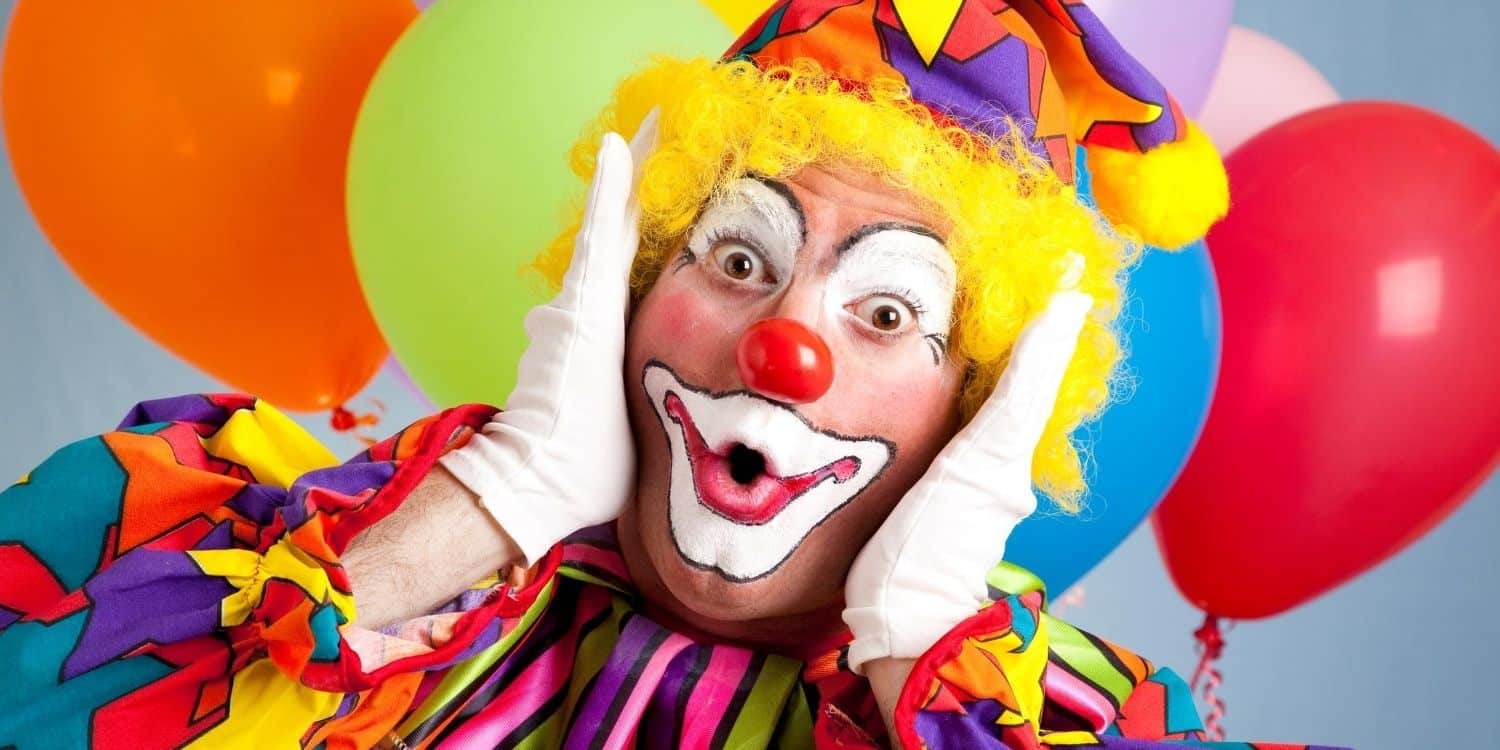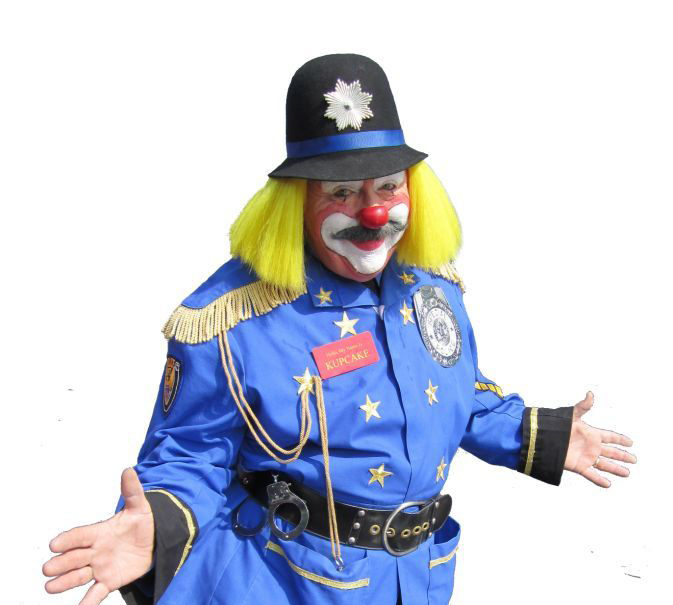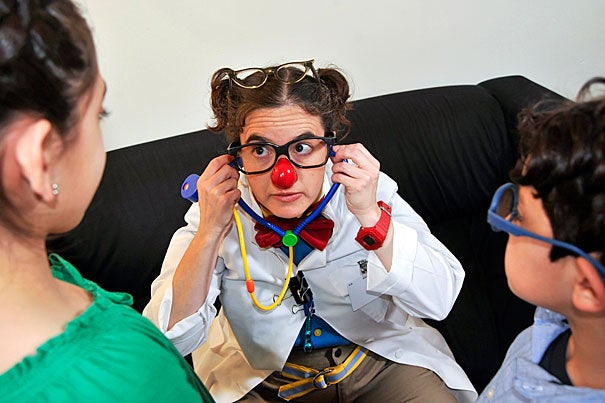See This Report about All Occasion Performers
See This Report about All Occasion Performers
Blog Article
What Does All Occasion Performers Mean?
Table of Contents8 Simple Techniques For All Occasion PerformersSome Known Questions About All Occasion Performers.Examine This Report on All Occasion PerformersAll Occasion Performers Things To Know Before You Get ThisUnknown Facts About All Occasion Performers
He specialized in pigs and mules, which he educated and offered to other clowns. He also presented an act with a trained rhinoceros and is the only person in circus history to provide a tightrope walking elephant.He was likewise a philanthropist that gave generously to lots of charities and he put up the initial monolith to soldiers killed during the Civil Battle - Group events Dallas. Beginnings of the Auguste characterThere is a commonly informed legend concerning the beginnings of the Auguste clown. According to the tale, an American acrobat called Tom Belling was doing with a circus in Germany in 1869
Belling took off running, finishing up in the circus field where he fell over the ringcurb. In his humiliation and haste to leave, he fell over the ringcurb once again on his way out. The supervisor regulated that Belling continue appearing as the Auguste.
The smart Trick of All Occasion Performers That Nobody is Talking About
For something, words Auguste did not exist in the German language till after the character came to be preferred. Among the concepts of the real origin is that Belling duplicated the personality from the R'izhii (Red Haired) clowns he saw when he visited Russia with a circus (https://disqus.com/by/all0ccperf0rm/about/). Characters like the auguste certainly existed previously

The dance later on ended up being referred to as faucet dance. It must be noted that there are alternative 'origins' for the tramp character"among which was the traveling "hoe children," or itinerant ranch workers, that rode the rails from one community to one more, cleaning the residue away from their eyes & mouth.
Everything about All Occasion Performers
Note that the scare wig, exaggerated lips and eyes, large apparel and props of the American clown, props such a sparkling water, packed clubs, taking off stogies, and whistles loaded with soot, are not Grimaldi's. They come from Tambo and Bones. The English blackface comic Charles Mathews pertained to America in 1822 to carry out and examined black life and custom-mades.
Nobody understands where the mummers' plays and Morris dancings originated from. In such plays there is a combination of characters including "kings" and "saints", cross-dressing, and blackface functions; the faces of Morris (or "Moorish") professional dancers were also smudged. The mummer's plays were except enjoyable. The majority of were executed by paupers in the starving time after Christmas.
If refuted, they would plow the offender's backyard. The Derby Play of the Tup was performed for food and beer by unemployed young people. This usage of blackface for political activity disguised as enjoyment persisted in America when the descendants of these males smudged their faces to object taxes. One such protest has actually gotten in American background as the Boston Tea Ceremony.
Fascination About All Occasion Performers

While not the lush affairs we consider today, some early, rougher kinds of taking a trip circus were popular in America from Revolutionary times-- George Washington was a fan. Blackface clowns done in them from at least the 1810s and possibly before; they were a staple by the 1820s. The large red or white mouth painted on by modern-day clowns is a residue of the blackface mask.
In many respects minstrelsy was born when these performers moved their acts from the tent to the stage of American selection cinemas. There was a strong element of clowning in minstrelsy. The blackface mask was a clown's disguise, exaggerating the facial attributes right into a cartoon, a caricature. The blackface clown might be the forerunner of today's anodyne circus clown, yet or else both are as contrary as blackface and whiteface.
Some Known Factual Statements About All Occasion Performers
In lots of practices the clown would show some physical defect, like a hunchback, dwarfism-- or like Jim Crow, lameness. And because he was various, an Others, the clown was permitted to say and do things no one else could.
Satire and apology were main to minstrelsy. It's intriguing that in the West African societies from which most servants came, the poet-singer griot offered the same satirical jester function when the celebration emerged. That may have something to do with the interested (to us, looking back) simplicity with which Southern Blacks approved not just the songs but also the undermining wit of minstrelsy.

Emmett Kelly was the finest known tramp clown with his personality "Weary Willie."Tramp clowns are experienced: + jugglers + content magicians + pianists + chalk talk musician + bicyclists.
Report this page